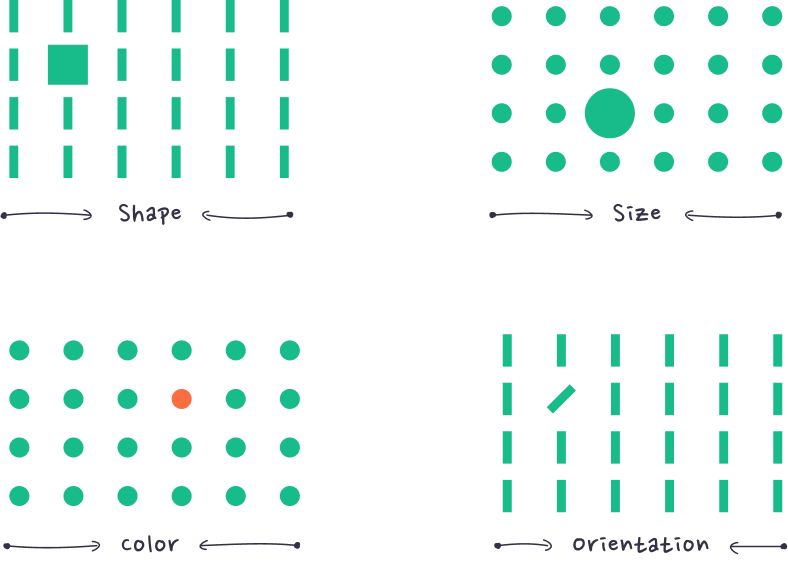Why Use Cards for BRIDGeS Sessions
BRIDGeS framework is a universal tool that teams can practice in an office or online. At Railsware, we have had experience with both types. In one and the other cases, we use the same set of instruments ‒ a whiteboard and colored cards, be it physical colored sticky notes on a whiteboard or cards in an online tool like Figma, Mural, Miro, etc.
Anyway, we opt to and recommend others to use cards instead of text during the sessions because of the following reasons:
